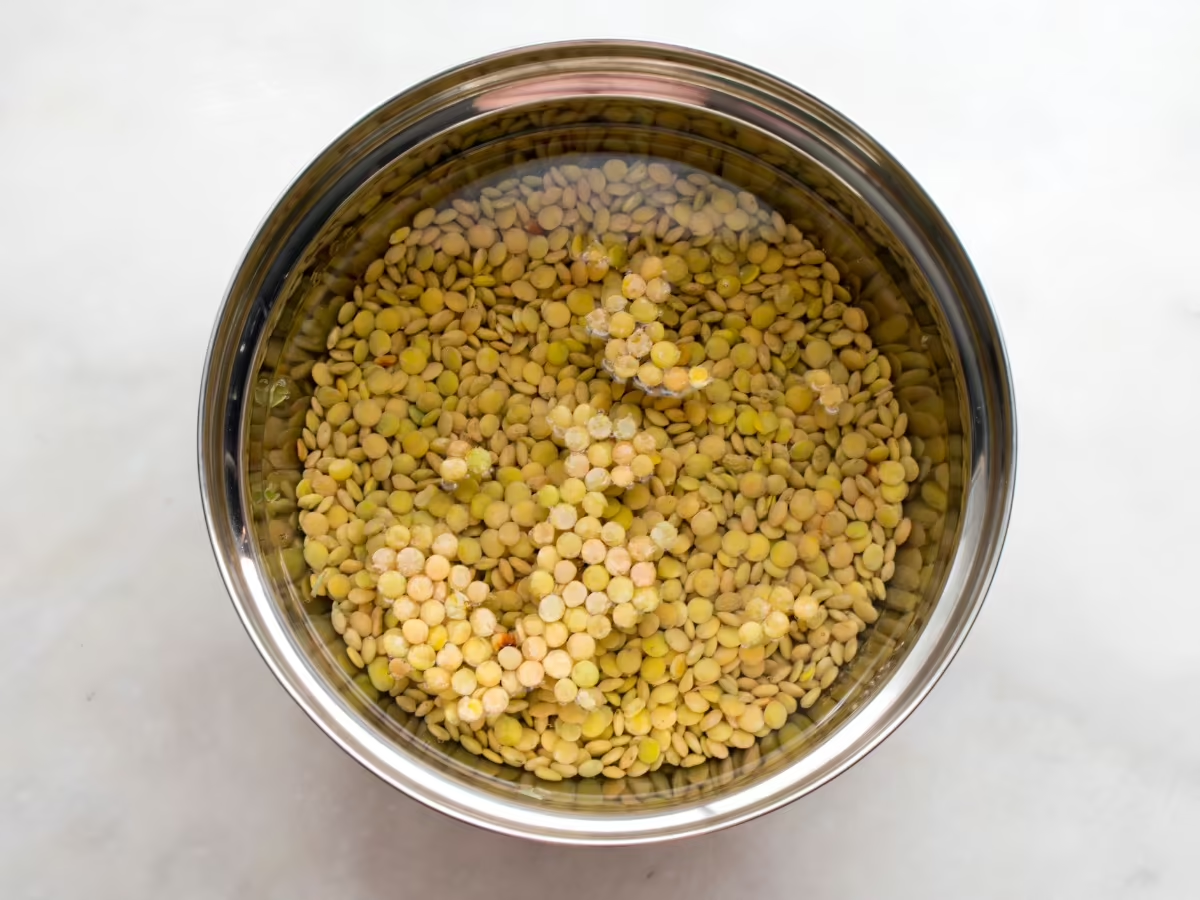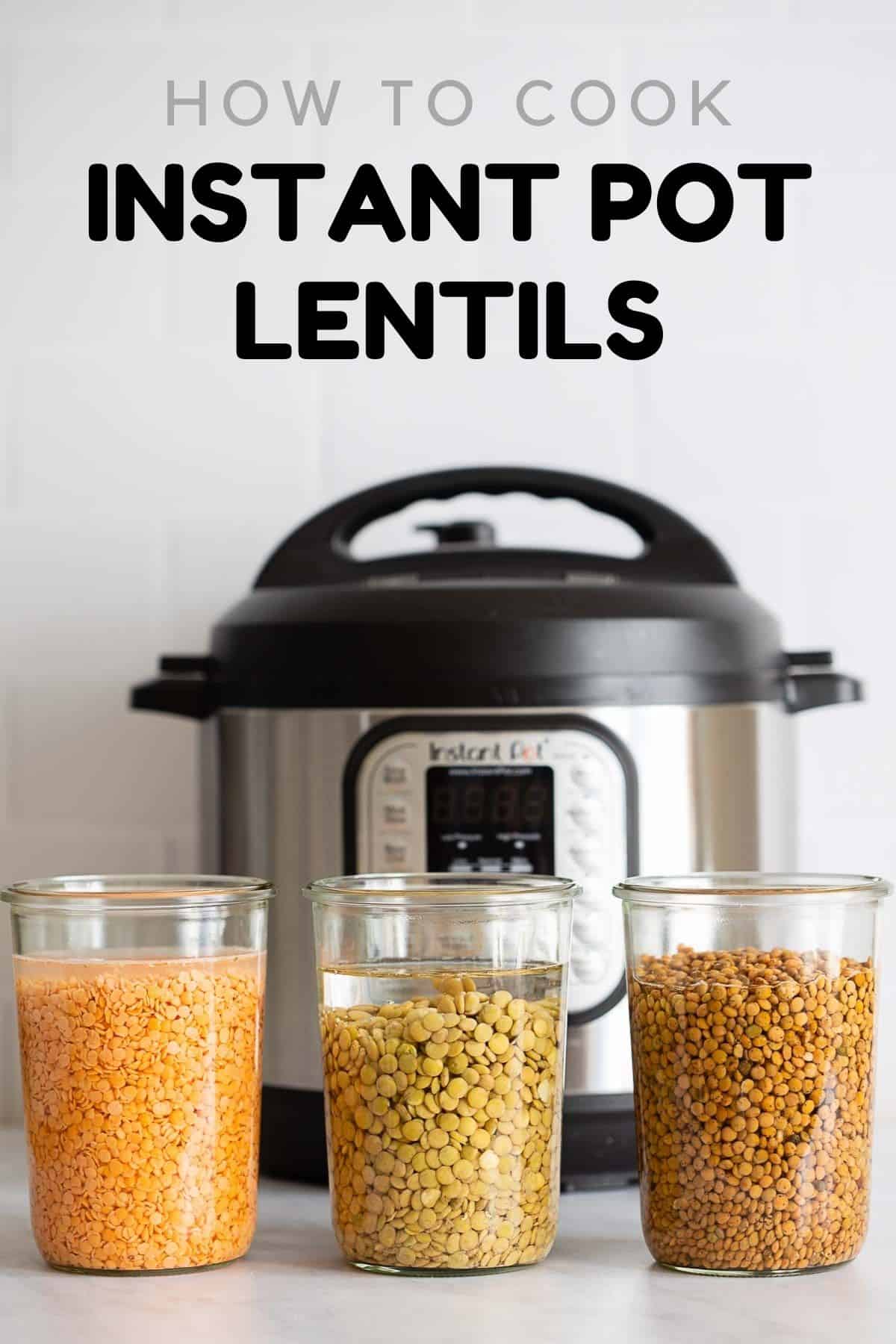Lets Talk About Lentils
Daal is the collective term used for split legumes/split pulse. It is the generic Hindi word for lentil. Lentils are often described as lens shaped pulses. They are small and flat, which means they cook quickly and for this reason they do not need to be soaked overnight. Lentils are all from the same species of plants but there are many varieties all over the world. Lentils and beans are a primary source of protein.
BEANS
A bean is an edible legume that is typically kidney shaped and is not a lentil. Some of the beans that you may be familiar with are soya-beans, chickpeas or chana.
PULSES
A pulse is an edible seed from the legume family. It might be a bean, a lentil or a pea. Pulses often come in 4 variations: whole, whole with the hull removed, ‘split’ with the hull still attached or ‘split’ without the hull.
The types of lentils, beans and pulses you can use are endless, however the concept of cooking them is relatively the same. The only difference between them is the fact that some lentils will need to be soaked overnight, whilst others need very little time to be soaked.
SO LET’S TALK ABOUT THE DIFFERENT TYPES OF LENTILS / BEANS / PULSES
Lentils, beans and pulses can come in various shapes and sizes. Lentils can come as a whole lentil or come as a split lentil or even as a skinned and split lentil. So lets break this down for you.
Types of split and skinned lentils are:
| English: | Hindi: |
| Yellow split pigeon peas | Toor Daal |
| Split and skinned green gram/yellow lentils | Moong Daal |
| Red lentils | Lal Masoor Daal |
| Split and skinned black gram | Urad Daal |
| Split Bengal gram lentil | Chana Daal |
| Split green pigeon peas | Hara Tuvar |
Types of split lentils are:
| English: | Hindi: |
| Split green gram | Moong Daal Chilka |
| Split black gram | Urad Daal Chilka |
Types of whole lentils and beans are:
| English: | Hindi: |
| Green gram, Mung bean | Hari Moong/Sabut Moong |
| Black gram | Maa Ki Dhal/Sabut Urad Dhal |
| Indian brown lentils | Kali Masoor |
| Horse gram | Kulti |
| Moth bean/Dew bean | Moth Daal |
| Chickpeas/Garbanzo beans | Chole/Kabuli Chana |
| Black chickpeas | Kale Chane |
| Green Chickpeas | Hare Chane |
| Red Kidney Beans | Rajma |
| Pinto Beans | Rajma Beans/but light brown |
| Adzuki Beans | Chota Rajma |
| Black Kidney Beans/Black Turtle Beans | Kala Rajma |
| White Kidney Beans | Safed Rajma |
| Black Eyed Peas | Robia Chavle |
THE MOST COMMON TYPES OF LENTILS USED
Red Lentils/Lal Masoor
The red lentils better known, as Lal Masoor lentils are one of the most common types of lentils used in everyday cooking. They can come whole or split and are lentils that will cook in the quickest time. Unlike some lentils, these lentils do not need to be soaked overnight. Since these split lentils are soft, they are ideal for using in soups as they give off a creamy texture.
Yellow Lentils/Moong/Mung
Moong lentils are yellow but Whole Mung beans are green in colour. However, when split they can resemble yellow split peas. They have a buttery earthy taste. These lentils tend to cook quickly and leave a creamy texture to the daal.
Brown and Green Lentils/Whole Masoor
Brown lentils are also known as split yellow pigeon peas. These hulled, split legumes breakdown easily when cooked, making them an ideal thickener for soups and stew. For better results, soak them overnight before cooking.
Black Lentils/Urad
Urad lentils are black gram lentils. The Urad lentil has a distinctively earthy flavour and is a more robust lentil. Urad lentils will take longer to cook because it is a hardy lentil and therefore it is worth soaking these lentils overnight.
Chana Beans
Chana beans are known as the split Bengal gram or the split chickpeas. They can be very small and come de-skinned. Once cooked it has an aromatic nutty flavour. Chana beans can be used to make flatbreads, dry curries, and kofta’s (vegetable balls).
HOW TO PREPARE LENTILS BEFORE COOKING THEM
To soak or not to soak
If you do decide to soak your lentils overnight this will help aide better nutrient absorption. It will make the lentils more palatable and softer and absorb more protein and minerals. Before soaking your lentils, always sift through the lentils/beans and pulses to discard of any small stones or debris. Make sure you wash the lentils thoroughly a few times or until the water runs clear.


RULE OF THUMB LETS GET DOWN TO THE BASICS
Ratios of lentils and water needed to make daal
When you are cooking lentils all you need to remember is, for every person you are serving you will need ¼ cup of lentils. So for a family of 4 you will need 1 cup of lentils to a ratio of 2 cups of water to add to your instant pot/pressure cooker. If you are cooking your lentils on a stove then you will need 3 or 4 times the amount of water as you have pulses.
If you like your daal thick, then 1¾ cups will be absolutely fine (in an instant pot/pressure cooker), however, if you want the daal to be slightly thinner, then you should be looking at adding an extra ¼ – ½ cup of water to the pot. If there is excess water in the pot once the lentils are cooked, you can just remove it with a ladle.
HOW LONG DO I COOK THE LENTILS/BEANS/PULSES FOR?
Below is an indication of how long you need to soak and cook your selected lentils/beans or pulses for. In the case where soaking is listed as (optional), soaking the lentils will reduce the cooking time.
GOOD TO KNOW
Indian pressure cookers are different to their counterparts, as they release steam from the top of the pot, in what is referred to as the whistles, which helps to indicate when the lentils are cooked, so I have listed how many whistles the cooking time will take below for each lentil or bean.
| NAME OF LENTILS OR BEANS | SOAK FOR | BOIL ON STOVE | COOK IN INSTANT POT/PRESSURE COOKER |
| Split Green/Yellow Moong / Mung Beans | 15/30 minutes (Optional) | 20/25 minutes | 7 minutes (3 whistles) |
| Whole Green Moong / Mung Beans | 4 hours | 50/65 minutes | 9 minutes (5 whistles) |
| Split Masoor Lentils Red/Orange | 15 minutes (Optional) | 20/25 minutes | 8 minutes (2 whistles) |
| Whole Masoor Lentils | 15 minutes (Optional) | 45 minutes | 8 minutes (5 whistles) |
| Split Moth Beans Brown | 15 minutes (Optional) | 45 minutes | 8 minutes (5 whistles) |
| Whole Moth Beans | 8 hours Overnight | 90 minutes | 12 minutes (6 whistles) |
| Split Urad / Black Lentil White interior | 30 minutes (Optional) | 30 minutes | 8 minutes (4 whistles) |
| Whole Urad / Black Lentils | 4 hours (Optional) | 65 minutes | 11 minutes (6 whistles) |
| Split Chana | 15 minutes | 40 minutes | 15 minutes (7 whistles) |
| Whole Chana | 8 hours Overnight | 80 minutes | 20 minutes (8 whistles) |
| Pigeon Pea/Whole | 8 hours Overnight | 80 minutes | 18 minutes (8 whistles) |
| Pigeon Pea /Split Tuver Daal | 30 minutes (Optional) | 35 minutes | 8 minutes (5 whistles) |
| Split Chawli / Cowpea / Lobia Black-eyed-peas | 15 minutes (Optional) | 40 minutes | 15 minutes (7 whistles) |
| Whole Chawli / Cowpea / Lobia Black-eyed-peas | 8 hours Overnight | 65 minutes | 17 minutes (6 whistles) |
| Aduki Bean | 8 hours Overnight | 65 minutes | 17 minutes (6 whistles) |
HOW DO I KNOW WHEN THE LENTILS ARE COOKED?
To test if the lentils are cooked – use a spoon and take a few lentils from the pot, rub them between your fingers, if the lentils split with ease, the lentils are cooked.
However you cook your lentils, just remember the possibilities are endless. Why not mix and match the lentils to create different flavours and textures in your food. Overall, be bold and let your creativity flow…..
